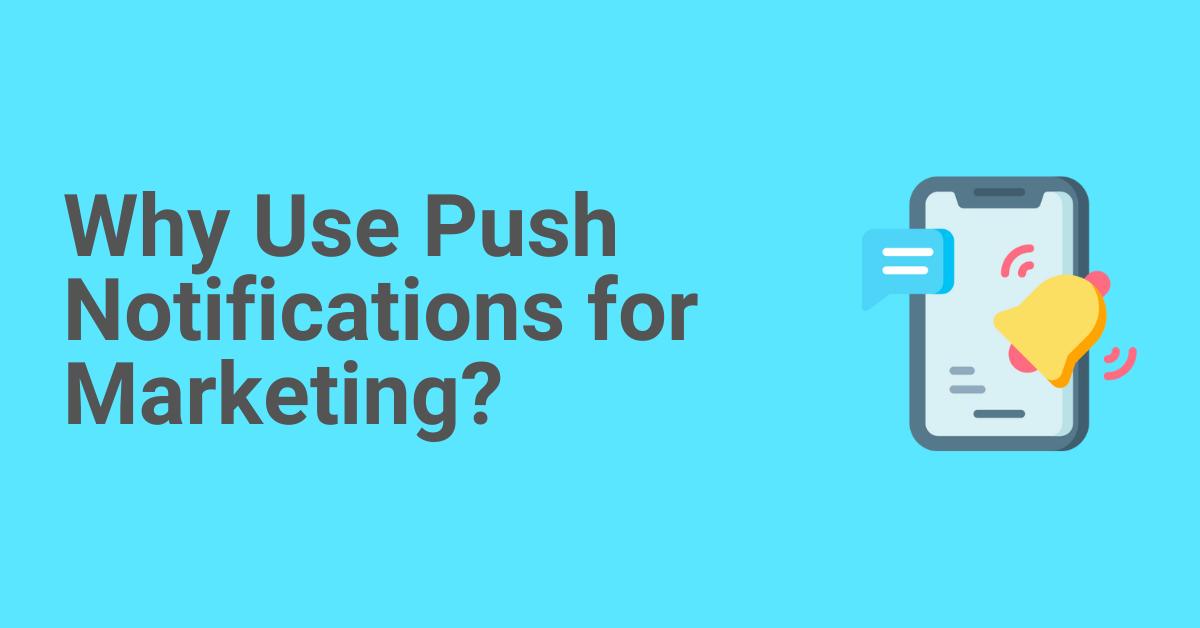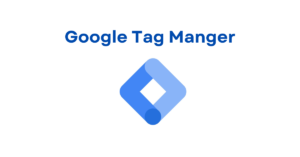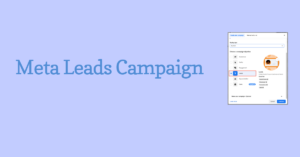In today’s fast-paced digital world, businesses are constantly searching for effective ways to grab their audience’s attention and keep them engaged. One such tool that has proven to be both direct and impactful is push notifications. These small, clickable messages pop up on users’ devices—be it a mobile phone, desktop, or tablet—and are a powerful way to connect with audiences in real-time.
In this blog, we’ll dive into what push notifications are, their benefits, and how you can leverage them to boost your marketing strategy.
What Are Push Notifications?
Push notifications are brief, targeted messages sent directly to a user’s device from an app or website they have opted into. These messages can include:
– Promotional offers
– Product updates
– Event reminders
– Personalized recommendations
Unlike emails or text messages, push notifications don’t require personal information like an email address or phone number. Instead, they work through the user’s interaction with an app or website.
Benefits of Push Notifications for Marketing
1. Instant Delivery and Engagement
Push notifications appear directly on a user’s screen, making them hard to ignore. Whether it’s breaking news, a flash sale, or a cart abandonment reminder, push notifications ensure timely communication that drives immediate engagement.
2. Increased User Retention
According to studies, apps that use push notifications see a 60% higher retention rate than those that don’t. Regular updates and reminders keep users engaged, reducing the likelihood of app uninstalls or forgotten websites.
3. Highly Personalized Messaging
Push notifications allow for advanced segmentation and personalization based on user behavior, location, preferences, and past interactions. This makes messages more relevant and increases the likelihood of conversion.
4. Cost-Effective Communication
Compared to traditional marketing channels like email or paid ads, push notifications are relatively inexpensive. Once the infrastructure is in place, sending notifications costs very little.
5. Drives Immediate Action
With their time-sensitive nature, push notifications can create urgency and drive users to act quickly. For example, a message about a “24-hour flash sale” can lead to immediate clicks and purchases.
6. Cross-Platform Reach
Push notifications work across devices—mobile, desktop, and even wearables. This ensures that your message reaches users wherever they are.
How Push Notifications Work
To use push notifications effectively, a user must:
1. Opt-In: Users must grant permission to receive push notifications.
2. Receive Relevant Content: Notifications should align with user preferences and behavior.
3. Take Action: A compelling message with a clear call-to-action (CTA) encourages users to engage, such as clicking a link, completing a purchase, or reading an update.
Best Practices for Using Push Notifications
1. Personalize the Message
Users are more likely to respond to messages that feel tailored to them. Use their name, location, or recent activity to make the notification feel personal.
Example: “Hi Alex, your favorite sneakers are now on sale! Shop now before they’re gone.”
2. Use Engaging Content
Keep messages concise and compelling. Add emojis or creative language to make your notification stand out.
Example: “🚨 Flash Sale Alert! Get 50% off your wishlist items. Tap to shop 🛍️.”
3. Timing Matters
Send notifications at times when users are most likely to engage. Avoid sending messages late at night or too frequently, as this can lead to annoyance and opt-outs.
4. Include a Clear Call-to-Action (CTA)
Ensure your notification has a purpose and guides users toward a specific action, such as visiting your website, completing a purchase, or reading a blog.
5. Segment Your Audience
Not all users are the same. Segment your audience based on behavior, location, or preferences to send the most relevant messages.
6. Test and Optimize
A/B test different messages, timings, and designs to find what resonates best with your audience. Use analytics to measure open rates, click-through rates, and conversions.
Examples of Push Notifications in Marketing
E-commerce
– “Your cart misses you! Complete your purchase now and get 10% off. 🛒”
– “New arrivals are here! Check out the latest trends today.”
Travel and Hospitality
– “Pack your bags! Exclusive flight deals to Paris just for you ✈️.”
– “Your dream vacation awaits! Book now and save 20%.”
Media and Entertainment
– “New episode alert! Watch it now on your favorite app 🎬.”
– “Breaking news: Stay updated with real-time alerts.”
Challenges of Push Notifications
While push notifications can be highly effective, they come with some challenges:
1. Overuse: Sending too many notifications can annoy users, leading to opt-outs.
2. Irrelevance: Poorly targeted messages can feel intrusive and irrelevant.
3. Permission Dependency: Notifications require users to opt in, so building trust is essential.
Conclusion
Push notifications are a dynamic and cost-effective marketing tool that can drive engagement, boost retention, and increase conversions when used correctly. By personalizing messages, optimizing timing, and maintaining relevance, businesses can create a powerful connection with their audience.
If you haven’t already, consider incorporating push notifications into your marketing strategy to deliver timely, impactful messages that resonate with your users. Start small, track results, and watch your engagement soar!




